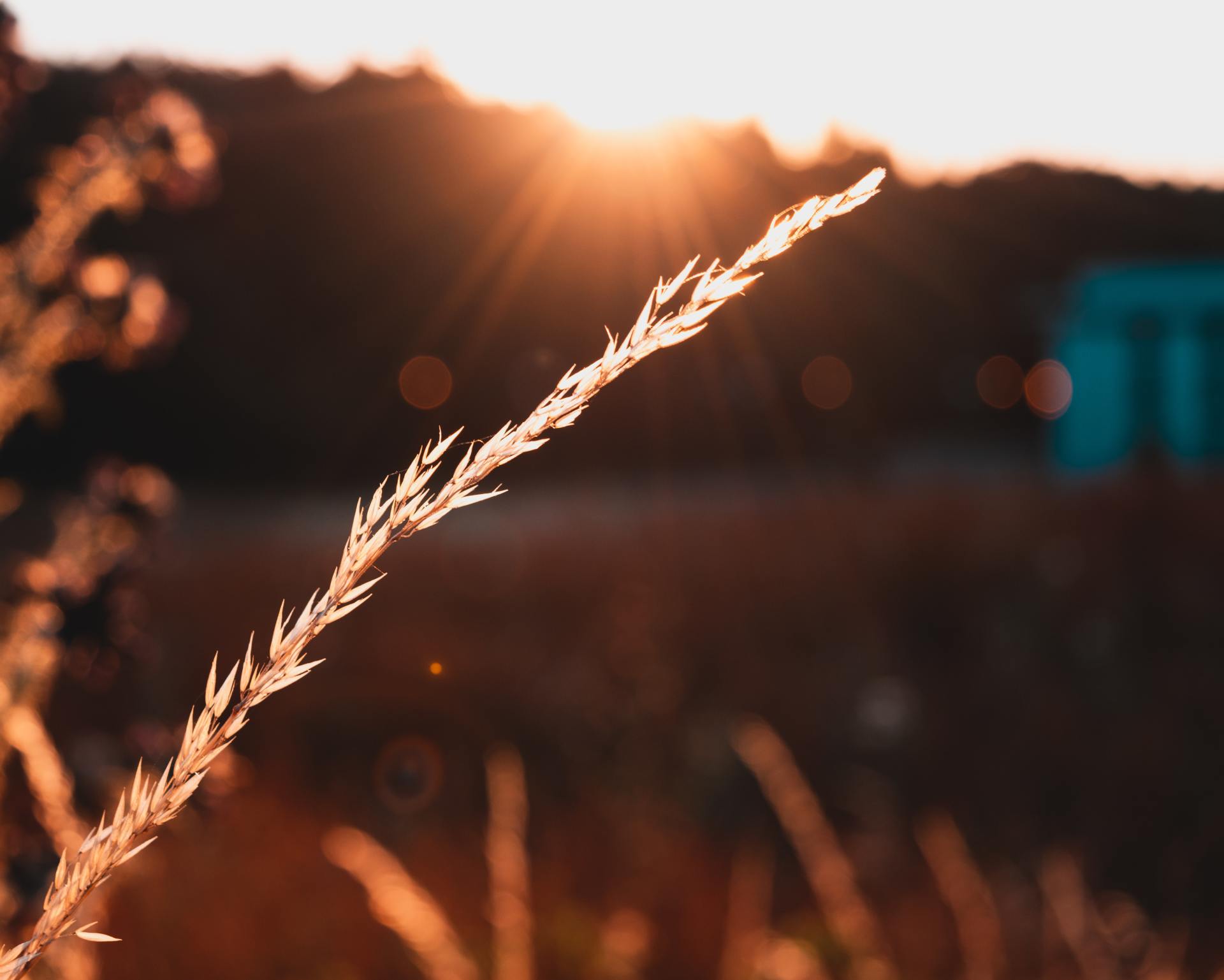1MG FlippingBooks
GRDC’S study tours now available on a continuous basis
Australian grain growers will be able to apply for Grains Research and Development Corporation's ( GRDC ) Grower and Adviser Study Tours, that are now being offered and assessed on a continuous basis.
The tours, previously offered twice a year, focus on generating leadership, innovation and education in the grains sector.
"The GRDC has moved to a continuous investment cycle for all research, development and extension investments. Study tour opportunities will now also be offered on a continuous basis, aligning with the investment process,” GRDC senior manager Luke Gaynor says.
The study tours and related travel opportunities aim to align with either GRDC’s Key Investment Targets (KITs) or the Capacity and Ability Framework with the RD&E Plan.
Australian grain growers or advisers can now apply for financial support for the study tours that can help to generate new knowledge, learn new skills, build relationships and leverage GRDC's research investments.
According to a recent statement from the GRDC , the success of the Australian grains industry is dependent on growers’ uptake of research outcomes, and growers’ understanding of issues and opportunities. GRDC’s support for growers and advisers to undertake study tours will also favour groups pursuing a clear learning objective that will lead to improved farming practise.
Support may occasionally be considered for individual growers who hold leadership positions in the Australian grains industry, the GRDC statement says.
“The criteria does not include providing support for groups to attend conferences or attend training, although conference attendance may be considered as part of a study tour application,” says Mr Gaynor.
It is a requirement that 75 per cent of group participants are growers, says Mr Gaynor, and that the activity supports outcomes proposed in the Capacity and Ability Framework and the benefit of GRDC support flows to the industry.
Based in Esperance, Western Australia, Agronomy Focus consultant Quenten Knight, was among a group of growers and agronomists who participated in a 2018 GRDC Grower and Adviser Study Tour to New Zealand’s high rainfall Canterbury Plains area.
“Study tours are invaluable and allow you to meet growers and researchers who are willing to share their experiences,” Mr Knight says. “This knowledge can help to fast track learnings that can be implemented or adopted in our farming systems to make them more productive, profitable and resilient.”
For more information about GRDC supported Grower and Adviser Study Tours, click here.

















